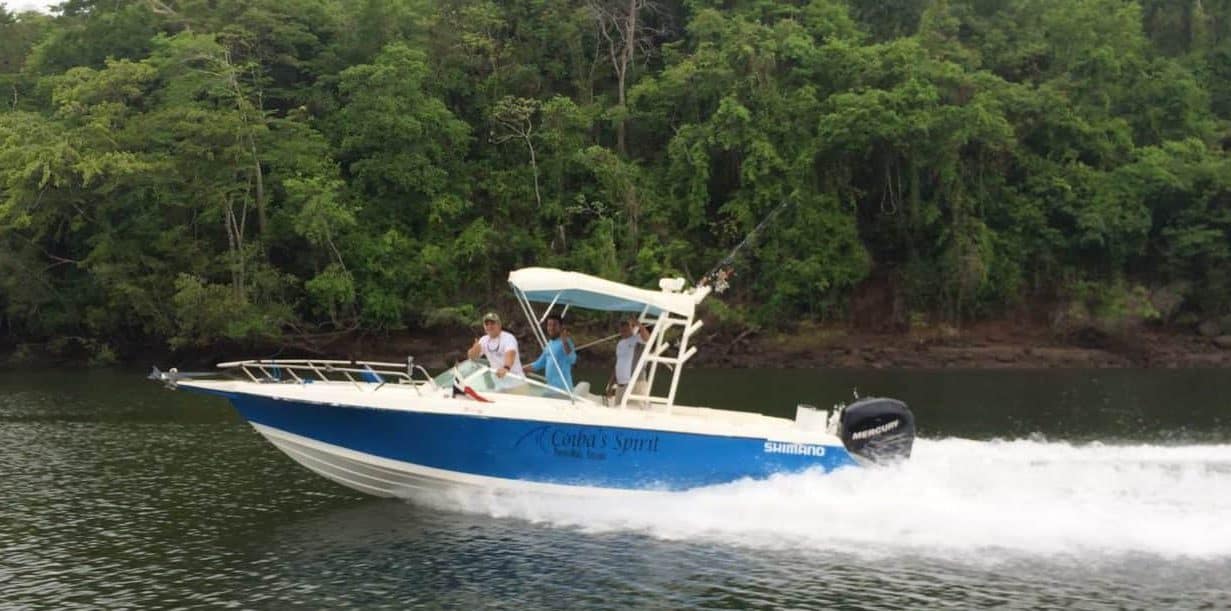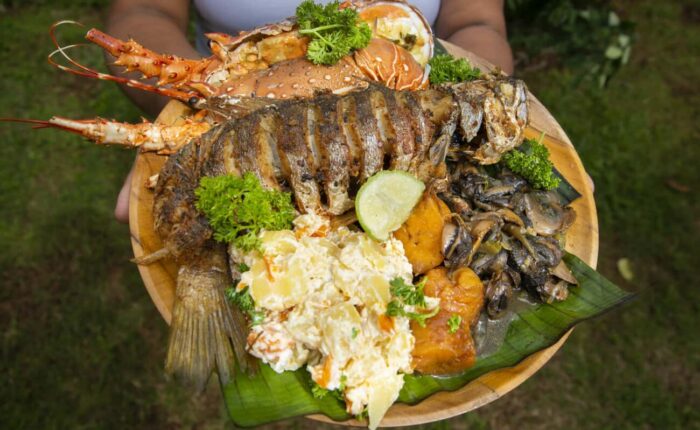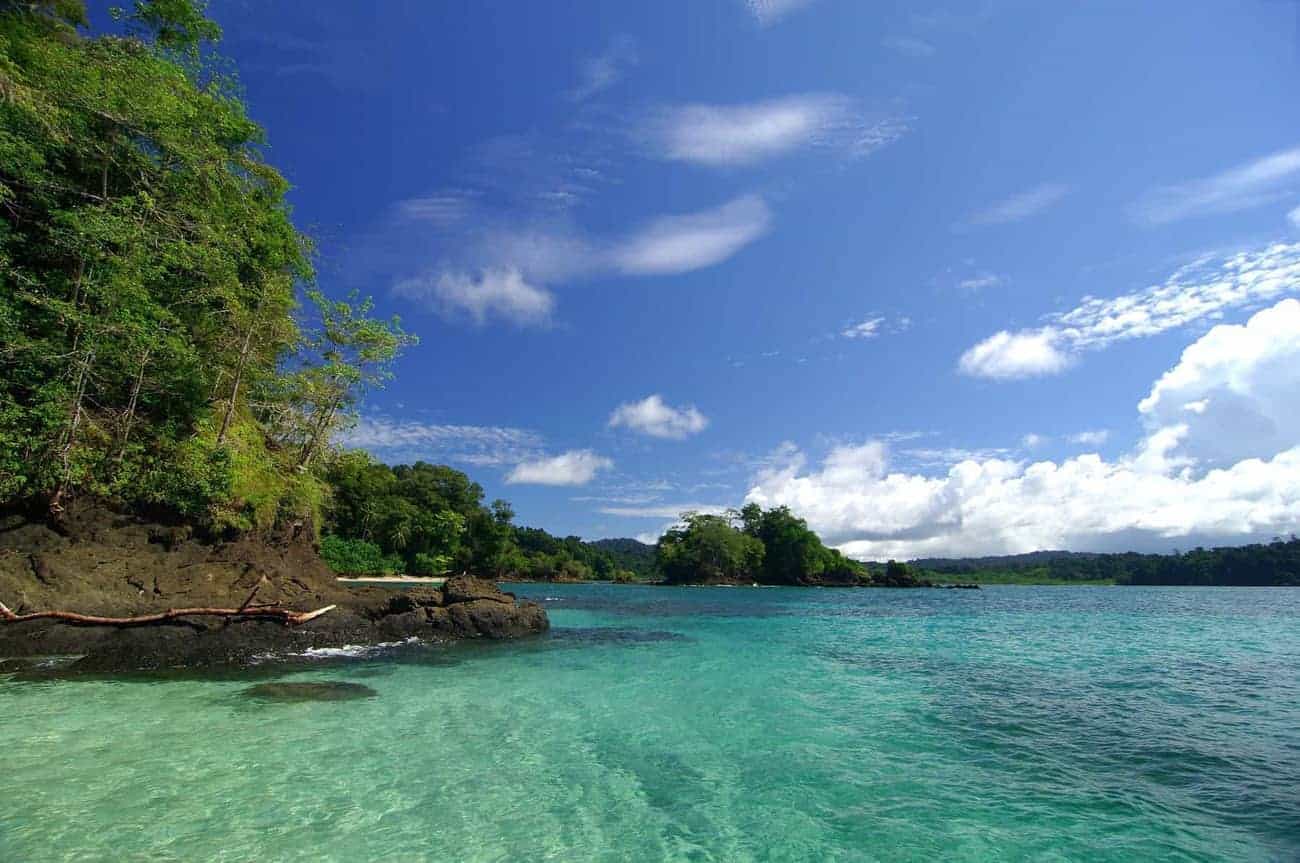Mangroves might appear to be merely coastal shrubbery, but these rich ecosystems support the planet and people in unique ways, from providing breeding grounds for fish to protect us against flooding and global warming.
Mangroves are typically tropical coastal ecosystems found in the inter-tidal zones of river deltas and backwater areas.
They represent highly dynamic and fragile ecosystems, yet they are the most productive and biologically diversified habitats of the world.
The problem is that we are destroying this coastal ecosystem that helps us sustain our lives and livelihoods. Here are seven of the many reasons we should be doing much more to preserve mangrove forests.
1. The Mangroves are the Keystone of Coastal Ecosystems
Mangroves, seagrass beds, and coral reefs work in concert as a single system that keeps coastal zones healthy and provides shelter to thousands of wildlife species.
- The trees trap sediment and pollutants that would otherwise flow out to the sea.
- Seagrass beds provide a further barrier to silt and mud that could smother the reefs.
- In return, the reefs protect the seagrass beds and mangroves from strong ocean waves.
Without mangroves, this incredibly productive ecosystem would collapse.
2. Mangroves serve as valuable nursery areas for fish and invertebrates and are home to unique biodiversity
“Mangroves are like the kindergarten, seagrasses are the secondary schools, and coral reefs are the high schools and colleges for fishes! And, once [the fishes] graduate from university, they return to kindergarten to spawn.”
— Khun Pisit, cofounder of Thailand’s Yad Fon mangrove preservation project

Home to an incredible array of species, mangroves are biodiversity hotspots. An estimated nearly 80 % of commercially caught fish spend some time in the mangroves or depend on a food chain that can be traced back to these coastal forests.
A huge variety of wildlife lives or breeds in the mangrove ecosystem, including numerous fish, crab and shrimp species, mollusks, mammals including threatened and endangered species.
The trees shelter insect species, attracting birds that also take cover in the dense branches. These coastal forests are prime nesting and resting sites that serve as a hotel for hundreds of shorebirds and migratory bird species.

And the soft soil beneath mangrove roots enables burrowing species such as snails and clams to lie in wait. Other species, such as crabs and shrimp, forage in the fertile mud.
Tides and currents also circulate nutrients among mudflats, estuaries, and coral reefs, thus feeding species like oysters that rest on the seabed.
When mangrove forests are cleared valuable habitat is lost, threatening the survival of myriad species.
3. Mangroves are a natural coastal defense
Mangroves protect shorelines from damaging storm and hurricane winds, waves, and floods.

In the world, nearly 2.4 billion people live within 100 km of the coast. Panama has almost 3,000 kilometers of coastline, with hundreds of communities living very close to them.
They maintain water quality and clarity, filtering pollutants and trapping sediments originating from land.
The intricate root systems of mangrove trees help form a natural barrier against violent storm surges and floods. River and land sediment are trapped by the roots, which protects coastline areas and slows erosion.
4. Mangroves are a living laboratory
The forests are also a potential source of undiscovered biological materials that could benefit mankind, such as antibacterial compounds and pest-resistant genes.
Mangroves are a resource of many different products, including; microorganisms that harbor a diverse group of industrially important enzymes, antibiotics, therapeutic proteins, and vaccines; timber resistance to rot and insects; and medicinal plants.
5. The Mangroves are a Water Cleaner Machine
The complex mangrove root systems filter out the salt, nitrates, phosphates, and other pollutants from the water, improving the water quality flowing from rivers and streams into the estuarine and ocean environment.
Mangroves protect both the saltwater and the freshwater ecosystems they straddle.
6. Mangroves are Carbon Eater and Global Warming Defense
They can hold up to four times more carbon than other tropical rainforests.

These tropical forests help the fight against global warming by removing carbon dioxide and other greenhouses gases from the atmosphere, most of which are stored within the plant.
When mangrove tree roots, branches, and leaves die they are usually covered by soil, which is then submerged under tidal water, and then stay trap and store in their carbon-rich flooded soils for millennia.
7. Mangrove Provides an Incredible Ecotourism Setting
Is an astonishing scenario that provides natural experiences. People who love nature will enjoy encounters such as birding, sport fishing, dolphin watching, kayaking, paddleboarding, wellness by therapeutic calm, and relaxation that comes from a peaceful time in nature.
Sustainable tourism serves as a stimulus to preserve existing mangrove areas because helps to generate income for local inhabitants.
If held at sustainable levels, ecotourism would provide the perfect motivation to protect mangroves, instead of cutting of them for mass tourism developments.
Montijo Gulf, is a Wetlands of International Importance (RAMSAR), is home to natural mangroves, estuaries, river mouths, islets, and islands, as well the main gate to Cebaco and Gobernadora Islands and a departure point toward a World Heritage Site, Coiba National Park, all located in the Pacific Ocean off the coast of Veraguas province.
Represents about 12% of the mangroves of Panama with more than 89 thousand hectares with 116 km of coast. This natural site with its great biodiversity invites nature lovers to explore and live high adrenaline adventures.

We looking to stimulate the visitor´s environmental consciousness leading them to appreciate these are immense natural settings, that seem to be infinite and untamed, also are really sensitive and vulnerable ecosystems.
The Gulf of Montijo in Panama is home to four types of native mangrove species: red (Rhizophora mangle), black (Avicennia germinans), white (Laguncularia racemosa), and buttonwood or button mangrove (Conocarpus Erectus).
Threats to Mangrove Forests
Over a third have already disappeared in Panama, they are being cleared at a faster rate than tropical rainforests, mainly in Panama Bay.
The human impact such as dredging, filling, water pollution from herbicides, and development can lead to mangrove erosion and habitat destruction. Much of that clearance is to reclaim land for agriculture, industrial development, and infrastructure projects.
When mangrove forests are cleared and destroyed, they release massive amounts of carbon dioxide into the atmosphere, contributing to climate change.
Something to Remember about Mangroves
“Mangrove forests were found to provide ecosystem services (benefits to humans) valued at nearly USD 200,000.00 per hectare annually”
Protecting natural ecosystems like mangrove forests helps preserve biodiversity, and also helps preserve a vital resource for our local communities.





